
Be social! Share the fun!

Are you curious about Carménère from Chile?
What Type of Wine is Carménère From Chile?
Carménère from Chile is a full-bodied, dry red wine, considered the national wine grape of Chile.
The Aroma and Taste of Carménère From Chile
Pronounced kär-mə-ˈner this dry red wine possesses aromas and flavors of dark raspberry, red and black plum, and floral notes of purple violet.
What Wines Are Like Carménère From Chile?
Carménère shares certain similarities in color, aroma, and flavor to Malbec and Merlot.
Until 1994, many winemakers growing Carménère from Chile believed it was Merlot.
Is Carménère From Chile the Same as Merlot?
Carménère and Merlot are different grape varieties.
Yet for more than a century, Chilean Carménère producers believed they were growing Merlot when their vineyards brimmed with the Carménère grape variety.
This mistake sounds incredible today, yet it’s easier to understand when you read the history below.
18th Century Vineyards: Carménère and Merlot Grown as “Field Blends”
The 1880s in France and Chile
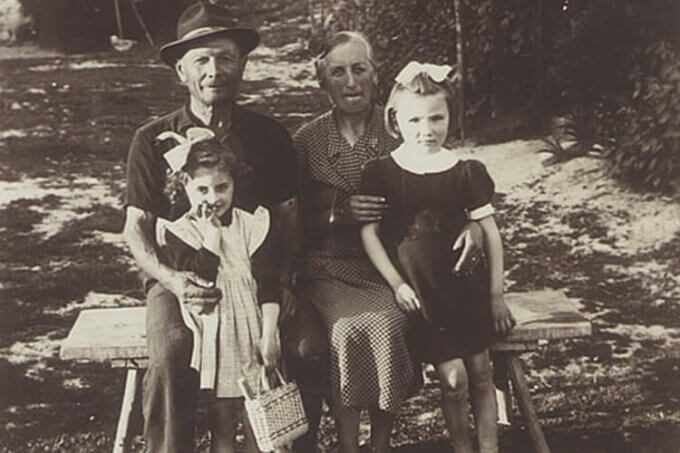
1880s: Wealthy French Families Establish Vineyards in Chile
Wealthy French families in the 18th century established estates in Chile to take advantage of various economic opportunities at the time (banking, mining).
They brought cuttings of Bordeaux grape varieties (Cabernet Sauvignon, Merlot, Malbec, Carménère, Petit Verdot, and Cabernet Franc) to grow in their vineyards.
In that era, the tradition was to plant all the varieties together in what we know as a “field blend.”
For over a century, vineyards passed from one generation to another, and vineyard managers changed.
During this time, Carménère from Chile lost its individual identity. It became mistakenly seen as a clone of Merlot.
1980s: New Emphasis on Single Variety Wines
By the 1980s, Chilean wineries put more emphasis on quality wine production in step with other wine-producing countries.
Looking closely at their vineyards, Chilean Carménère producers now saw they grew “two types” of Merlot. The vines looked similar, but the flavor of the fruit differed slightly, and the grapes ripened at different times.
To solve the mystery of these “two Merlot” types, producers called in the experts.
1994: French Ampelographist Jean Boursiquot Visits Chile
Mr. Boursiquot visited Chile to examine the “Chilean Merlot” vines. His first thought was that the vines didn’t look like any Merlot vine he had seen before.
The color of the shoot tips and related evidence prompted Mr. Boursiquot to speculate that the grape variety was Carménère.
He brought his findings to the Chilean Department of Agriculture, which officially recognized Carménère as a distinct variety in 1998.
The Carménère “Gold Rush”
With Mr. Boursiquot’s discovery, several wine-focused entrepreneurs bought land to produce premium Carménère from Chile.
1993: TerreNoble Winery is Established
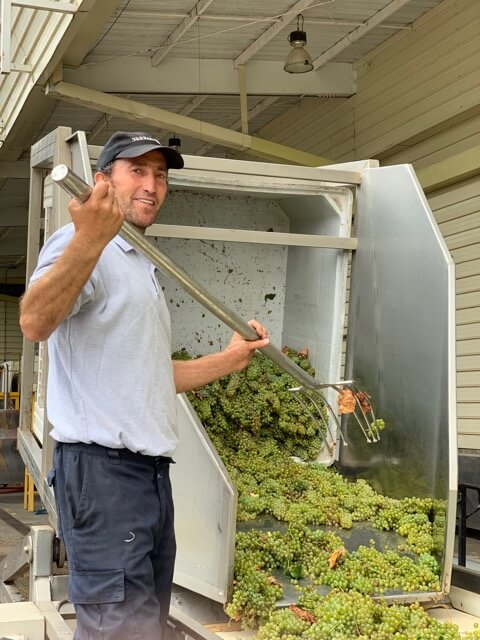
Among these entrepreneurs was Jorge Elgueta, a founder of TerreNoble winery in the Maule Valley, Chile’s largest wine-growing region.
Wedged between the Pacific Ocean and Andes Mountains, the terroir is well-suited for growing Carménère.
Wolf von Appen became involved in vineyard operations in 2003, and took leadership in 2006.
The TerreNoble winery focuses its energy on showcasing the different expressions of Carménère from hand-selected vineyards on the coast and in the foothills of the Andes Mountains.
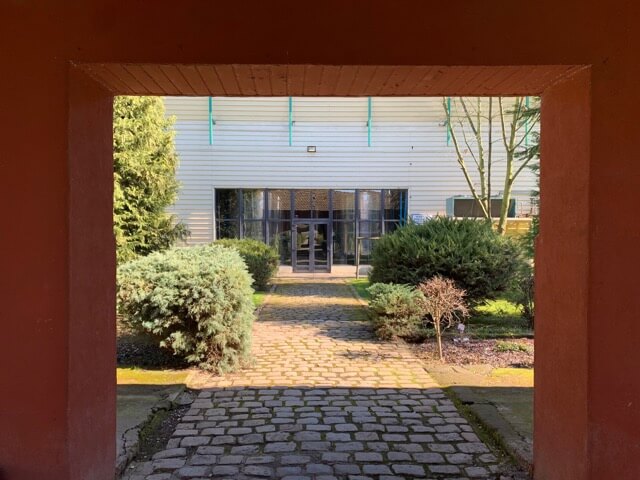
Tasting of TerreNoble Carménère Wines
Recently I had a discussion with Chief Winemaker Marcelo Garcia who walked me through a tasting of five wines:
• 2016 CA1 (Carménère Andes)
• 2017 CA1 (Carménère Andes)
• 2017 CA2 (Carménère Costa)
• 2017 Gran Reserva Carménère
• 2018 Gran Reserva Carignan
Both CA1 2016 and CA1 2017 came from vineyards on higher elevations in the foothills of the Andes Mountains.
The 2017 CA2 Carménère Costa came from the coast where fog covered the vineyard from morning until early afternoon.
Then the 2017 Gran Reserva Carménère showcased the effects of additional maturation …
…and the 2018 Gran Reserva Carignan, a different grape variety entirely, showed how well Carignan—originally from Southern France—grows in Chile.
The 2017 CA2 Carménère Costa came from the coast Click to Tweet
TerreNoble: Attention to Detail
All the wines reflected winemaker Marcelo Garcia’s careful attention to detail, and the mission of TerreNoble to bring out the best of their terroir.
In our conversation, Mr. Garcia detailed the elaborate maturation process (taking place in concrete egg and large untoasted oak barrels) to ensure the wine reflects its specific terroir.

What Food Pairs with Carménère?
Carménère pairs well with grilled steak, and other grilled and barbequed meat. Spicy stews are splendid matches, as are ethnic dishes like beef curry and chicken mole. Vegetarians will enjoy Carménère with a cheesy lasagna or pizza.
At ABC Cocina (by Jean-Georges Vongerichten) in Manhattan, I always order Carménère to accompany the spicy grilled dishes the restaurant specializes in—even seafood dishes like sizzling shrimp with hot red chili peppers and grilled octopus.

Carménère: Bordeaux Origins
For centuries, Bordeaux producers used small amounts of Carménère as the sixth component of the “Bordeaux Blend.”
In Bordeaux’s left bank, for example, producers blend Cabernet Sauvignon with lesser parts of Merlot and Cabernet Franc. Most producers use well below 5% Petit Verdot and Malbec as what they call “seasoning” grapes to add complexity and spice.
Note: In the Napa Valley, my barrel blending experience at ConnCreek shows what a difference this tiny percentage makes in the wine.
Carménère: In a Bordeaux Blend?
In 2012, Decanter.com broke the news that Henri Lurton, proprietor of Chateau Brane-Canentac, was reviving the classic “Bordeaux blend” by adding Carménère along with the seasoning grapes of Petite Verdot and Malbec.
“In 2006 our young Chilean intern was shocked that we had no Carménère in our blend, since the grape variety originated in Bordeaux.”
This motivated us to perform research and replant this grape variety Click to Tweet
“This motivated us to perform research and replant this grape variety.”
“We harvested the Carménère three weeks later than our last Cabernet Sauvignon parcels to avoid the vegetal character that it usually displays in Carménère when harvested too early.”
“If one is patient and gives it attention, this varietal can give wines with lots of color, lots of aromas of exotic fruit rather than the usual red or black fruit.
“It also adds an impression of sweetness in the mouth and grainy tannins like corduroy, rather than velvet,” Lurton said.
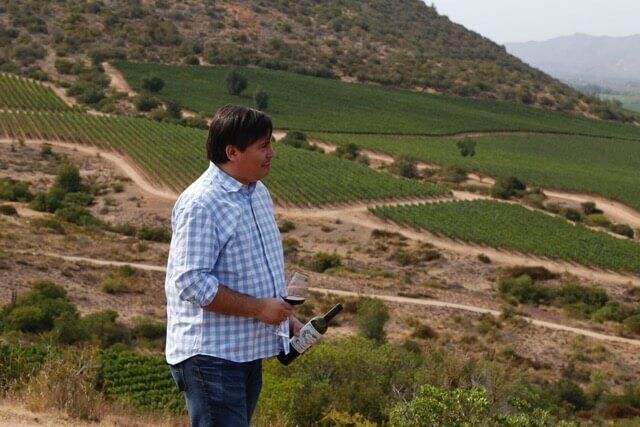
Final Thoughts on Carménère
Chief Winemaker Marcelo Garcia thoroughly explained the reasons he plants Carménère in distinct vineyards by the coast and in the foothills of the Andes Mountains.
For this reason, I have enhanced respect for Carménère and applaud the TerreNoble winery for their efforts on putting this delicious grape on so high a pedestal.
Respect for Carménère and applaud the TerreNoble winery for their efforts. Click to Tweet
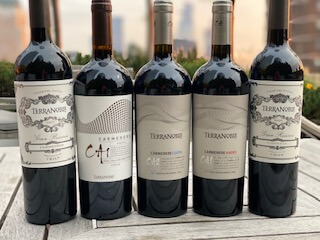
Marisa Dvari
– Subscribe to my newsletter to read and hear more about wine packaging trends in the wine world.